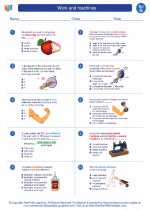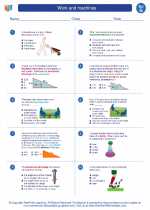Engulfment in Cellular Biology
Engulfment is a crucial process in cellular biology where a cell surrounds and takes in solid particles or other cells. This process plays a vital role in various biological functions, including immune response, cellular waste removal, and nutrient acquisition. There are two main types of engulfment: phagocytosis and endocytosis.
Phagocytosis
Phagocytosis is the process by which specialized cells such as macrophages and neutrophils engulf and digest foreign particles, pathogens, and cellular debris. This process begins with the recognition and binding of the target by the cell's surface receptors. The cell then extends its membrane around the target, forming a phagosome. The phagosome fuses with lysosomes, forming a phagolysosome where the engulfed material is broken down by digestive enzymes.
Endocytosis
Endocytosis, on the other hand, is a general term for the process by which cells internalize molecules, such as nutrients and signaling molecules, by forming vesicles from the cell membrane. There are three main types of endocytosis: pinocytosis, receptor-mediated endocytosis, and phagocytosis (in the context of non-immune cells).
Pinocytosis
Pinocytosis is the nonspecific uptake of extracellular fluid and dissolved solutes. The cell forms small vesicles to bring in the surrounding fluid and its solutes. This process is essential for nutrient uptake and maintaining the composition of the cell's internal environment.
Receptor-Mediated Endocytosis
Receptor-mediated endocytosis involves the specific uptake of molecules that bind to specific receptors on the cell surface. This process allows for the selective internalization of substances such as cholesterol, iron, and certain hormones.
Phagocytosis (Non-immune Cells)
In non-immune cells, phagocytosis refers to the process by which cells engulf large particles or other cells for various purposes, including tissue remodeling and cellular turnover.
Study Guide for Engulfment
- What is engulfment in cellular biology?
- Describe the process of phagocytosis.
- Explain the types of endocytosis.
- Differentiate between pinocytosis and receptor-mediated endocytosis.
- How is engulfment important for immune response?
Understanding engulfment is fundamental to comprehending various aspects of cellular biology, including immune function, nutrient uptake, and waste disposal. It is essential to familiarize oneself with the processes and functions of engulfment to appreciate its significance in biological systems.
.





